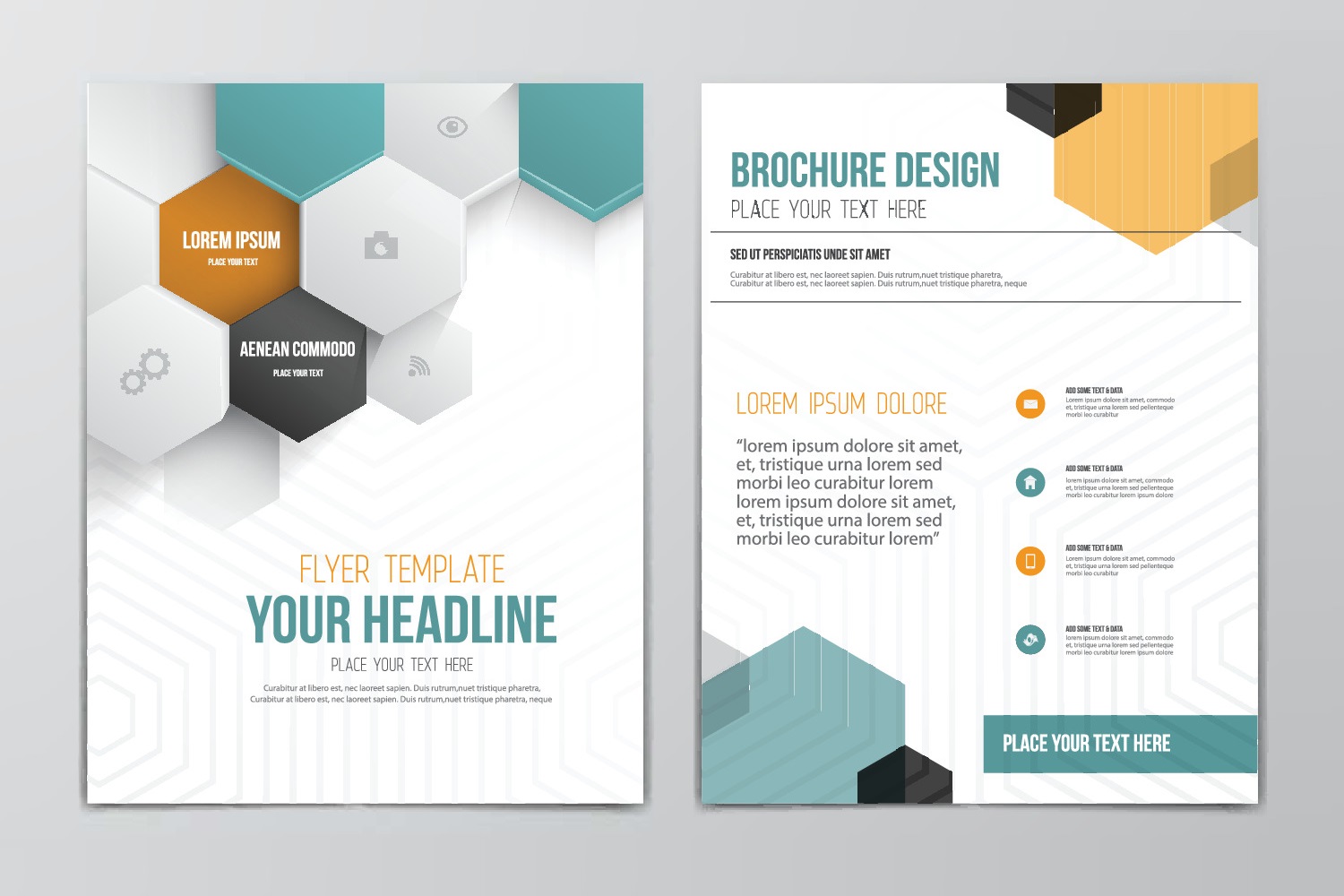Overview
Medical Centre flyers help equip patients to be in control of their own healthcare and support the safe and effective use of medicines. Medical flyer design and content can influence patients’ willingness to read them whereas poor examples can cause confusion and anxiety. A flyer may be the only information patients receive due to consultation time constraints and patient preference. Medical Centre flyers must be well designed and meet patients’ information needs. Flyer design affects patients’ understanding and ability to find information and must be optimised according to good design principles. Flyers should clearly explain patients’ benefits and risks and avoid the inclusion of irrelevant information for individuals.
 What are the benefits of Healthcare flyers?
What are the benefits of Healthcare flyers?
Combining written material and clinician support with the help of patient flyers makes it easier for patients to remember at-home instructions, weigh the pros and cons of treatment, understand what to expect from a surgical procedure, or learn to manage their condition. A well-crafted patient education flyer reinforces information with appealing graphics so patients can absorb the content more quickly and retain it better.
While considering using flyers, one should expect the following benefits:
- Healthcare flyers are easy to distribute – One can strategically place Medical flyers in a wide variety of locations. This allows your clinic to relay positive and accurate information to more people and attract new patients. It’s easy to place a medical flyer on the reception table in your clinic or hospital.
- Healthcare flyers are cost-effective – Medical flyers usually include details about the clinic that make them useful for many purposes. One can share them with loyal and potential patients. It saves time and money when one has a succinct summary of the products and services which are readily available in your medical centre flyers.
- Healthcare flyers build Trust – Once any potential patients read the medical centre flyers, it starts building trust. The information provided in the medical centre flyers helps patients to understand how you care, hence building more trust towards the clinic.
- Healthcare flyers hold lots of Information – medical flyers contain a lot of information within a small area. Medical flyers convey more information than any other printing options.
- Healthcare flyers establish a form of authority – A poorly printed medical flyer eliminates all the credibility you could earn. Investing in quality products shows that you care about your clinic or hospital image. Medical flyers send the message to the patients of an established and trustworthy clinic practice.
Tips for a Successful Healthcare Flyer?
In order to provide people with the information they need, many medical professionals are turning to medical flyers instead. Doctors are getting increasingly busy nowadays, resulting in many physicians to spend less time with each patient. Medical centre flyers often simplify complex concepts using clear language and colourful illustrations. It can be made more accurate by:
- Involving patients – Involving patients in the preparation for a medical flyer. What do they want to know? How would they like the information presented? And one should not forget to involve patients in the evaluation of the flyer you produce.
- Layout and design – The way the information is laid out on the page can influence whether or not people will read it. Patients will be more likely to read the information if it is arranged in short, concise sections. So breaking up the information into different paragraphs will help.
- Highlighting Text – You could use bold, italic, bold italic, capital letters to highlight important words or phrases. Using this carefully can take you a long way.
- Readability – When writing a medical flyer, it might be a good idea to get an average of nine or ten-year-olds to try to read and understand it.
- Medical Jargons and long words – Because the type of information we are talking about is related to medical practice, one should always try not to use heavy and complex jargons or long medical terms, as it may not be understandable by the patients.
- A small amount of information – Try not to overwhelm patients with heavy and complex non-understandable information, instead try and answer common questions and concerns. Aim for not too much but not too little as well.
- Abbreviations – the health service is full of abbreviations and one should always remember that the patients may not be familiar with those abbreviations. And if using any, make sure to define those abbreviations.
- Up-to-date information – One should look at the recent research and literature while developing the information for the medical flyer. As a healthcare professional, one should always ensure all information provided is evidence-based, accurate and up to date.
- Being consistent – One should always remember that the patients may receive information from numerous resources for example health promotions, outpatient clinics or from other hospitals. Due to which medical practitioner needs to ensure that the gathered information should not clash or contradict any other information.


